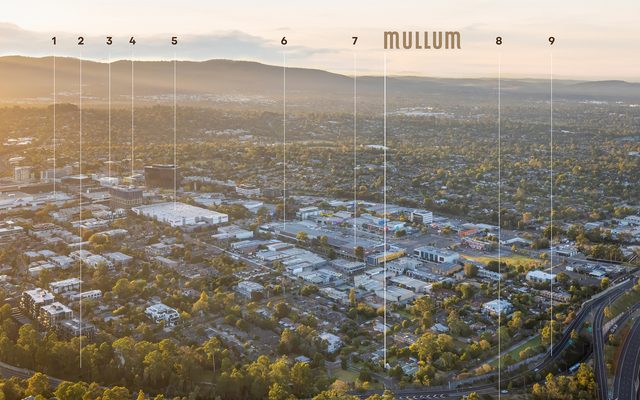This article is from the Australian Property Journal archive
THE Victorian government will introduce permanent planning restrictions on high-rise developments in central Melbourne, which industry experts said would impact property values.
The new laws will replace the interim controls that Planning Minister Richard Wynne implemented in September last year whilst a review was underway.
The new regulations are the first significant change to the Melbourne central city planning rules since 1999.
The government’s Central City reforms (C270) covers the Hoddle Grid (CBD) and part of Southbank and does not include Fishermans Bend or Docklands.
Wynne said the Melbourne CBD had lacked planning controls and Melbourne’s current densities would not be allowed in New York, Tokyo or Hong Kong.
C270 has introduced a number of limits, including restricting the height of a development, which borders the site to a maximum of 18 storeys.
Victoria will also follow in the footsteps of New South Wales, by introducing mandatory plot ratio controls. The C270 will implement a plot ratio of 18:1, limiting the total floor space of a new development to 18 times the size of its site – down from the interim control ratio of 24:1 introduced in September.
The ratio is much more generous than Sydney’s 15:1, New York 10:1, Hong Kong’s 11:1 and Vancouver’s 5:1.
In contrast, under the old system of discretionary plot ratio, the previous Planning Minister Matthew Guy approved developments with an average ratio of 35:1 and high as 63:1.
Under the new law, the tallest residential apartment tower, Australia 108 at Southbank, would not have been approved. C270 will also reduce the street wall height from 40 metres to 20 metres as well as introduce greater setbacks for buildings.
Developments would be exempt from these limits if they can incorporate community amenities, such as public space, a park or childcare centre – just to name a few, within the project.
Wynne said the proposed new planning controls would support the long-term liveability of Melbourne’s central city.
“The new provisions will also bring Melbourne up to speed with planning rules used by cities across the world, such as New York, Singapore, Vancouver, and Sydney,” the Minister said.
The government expects to implement the new controls by September.
The move has received a mixed reaction from industry players.
Property Council Victorian deputy executive director Asher Judah said the best way to ensure Melbourne remains Australia’s most attractive city is by maintaining the balance between the freedom to innovate and quality building design.
“In recent years, Melbourne’s best innovators have been let down by those who have not appreciated the consequences of poor urban design. Today’s announcement is the end result of that behaviour.
“The Property Council embraces many elements of the Government’s Central City reforms (C270).
“We welcome the height bonuses for commercial office development and public open space. These bonuses send the right message about combining economic and environmental benefits through good design.
“We also recognise that the proposed development bonuses have no height limits, meaning that Melbourne will continue to be an attractive city to invest in,” he added.
However, Judah expressed disappointment at some elements proposed.
“Sadly, some elements of the Government’s design proposals are too prescriptive.
“Plot ratios are a blunt planning instrument which were abandoned in the past for good reason.
“They have no regard for a site’s unique characteristics and will restrict design innovation,” he continued.
Judah warned that the government’s reforms would also reduce property values.
“Whenever major changes are made to the planning rules, property values change,” Judah said.
Marshall White projects director Leonard Teplin said most architects have already counselled the state government, suggesting that plot ratios are secondary to effective design.
“The impact for developers on recently purchased, unimproved sites will be significant, with forecast yields now substantially reduced. This will result in a number of sites “flipped” rather than permitted and developed.
“Whilst “flipping” creates revenue into the SRO, It fails to address design criteria and in doing so build a better Melbourne,” Teplin said.
One example of developers cashing out rather than develop a site, is Singapore billionaire Koh Wee Meng’s application for a 91-storey skyscraper at 555 Collins St.
Koh’s Fragrance Group had already given up on developing 555 Collins St and put the property on the market earlier this year with an asking price of $100 million.
Recently Koh’s application was rejected by Minister Wynne, who reversed a decision made by his predecessor Matthew Guy.
The development application rejection will likely affect the sale price, because Koh had relied on selling the site with a permit.
An offering with approval for a 298-metre 91-storey mixed-use development, comprising a 204-room hotel, 408 apartments and 40,000 sqm of office space, would have made the site quite valuable.
Fragrance speculatively bought the site from Harry Stamoulis in June 2014 for $78 million. Stamoulis paid $38 million in 2013.
Australian Property Journal



















